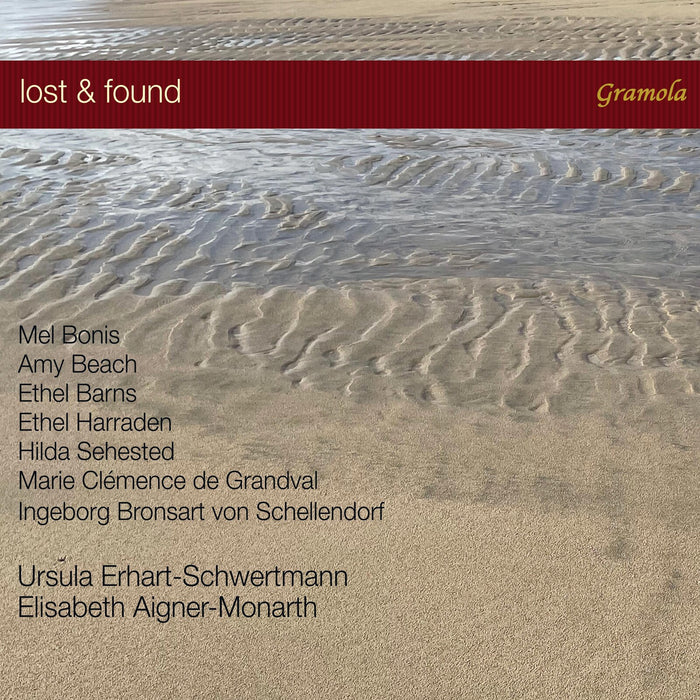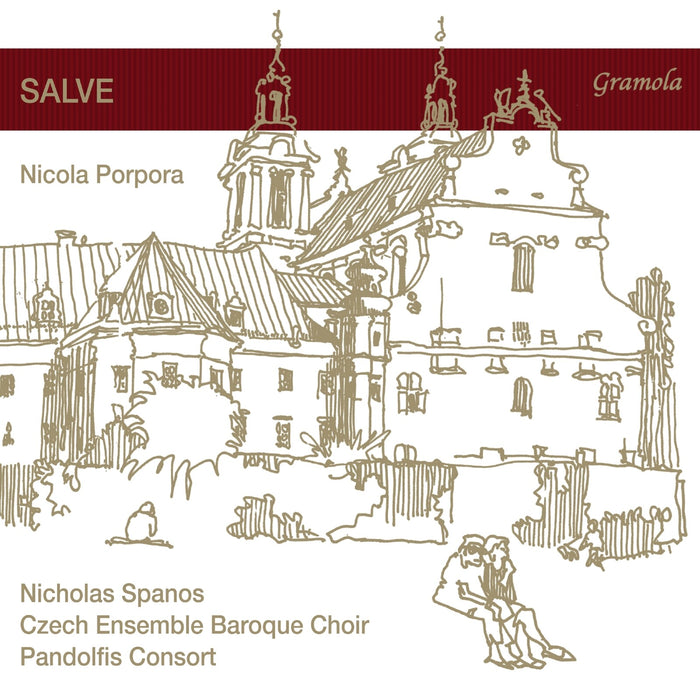Description
Almost as if nothing had happened in the last 100 years, Gustav Holst's (1874-1934) symphonic suite "The Planets", Op. 32 (1914-1916) correctly includes the seven celestial bodies that were known alongside Earth at the time of composition and which we are learning to list again today. The fact that there was once the matter of Pluto in between... the younger generations may not even remember. For centuries, artists have been fascinated by unexplored things and the mystical and have tried to extract aspects that strengthen knowledge and stimulate the imagination through their work - be it visual, literary, acoustic or in other ways. In a time of complete turmoil, which soon led to the catastrophe of the First World War, Holst, who was born in the south-west of England, devoted himself to the stars. Fascinated by astrology and horoscopes himself, it was not the mythological aspect that attracted him to the setting, but the astrological approach, which offered him the opportunity to create seven character images. Holst gives the audience's imagination a helping hand by following each of the planets of our solar system, named after Roman deities, with an attribute that indicates associations with its role.










